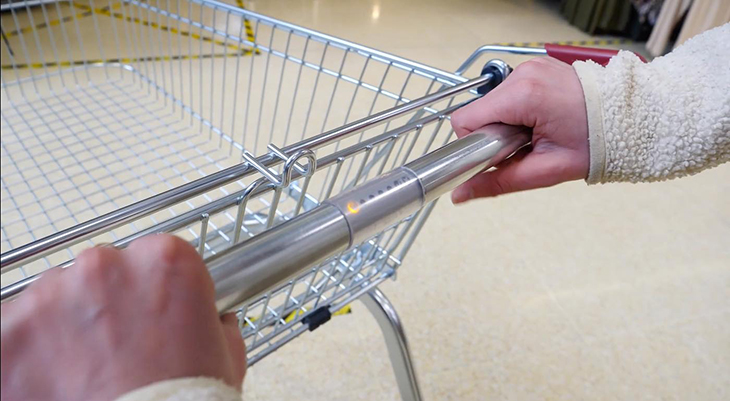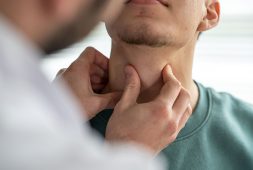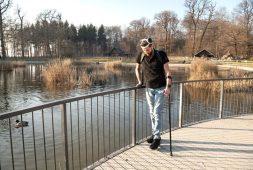
In Liverpool, England, a pioneering initiative equipped supermarket shopping carts with sensors capable of detecting individuals at risk of suffering a stroke. This innovative project resulted in the diagnosis of numerous willing participants.
Atrial fibrillation, commonly referred to as Afib, is a prevalent heart rhythm disorder that can lead to the formation of blood clots in the heart. It often manifests as breathlessness and extreme fatigue during even the simplest of daily tasks.
Globally, over 40 million people grapple with atrial fibrillation, which amplifies the risk of stroke by five-fold. Fortunately, this disorder can be identified through a straightforward pulse check.
A team from Liverpool John Moores University orchestrated a study with 2,155 adult participants. Professor Ian Jones spearheaded this endeavor, with the goal of administering health checks to individuals in public spaces without disrupting their daily routines.
According to Professor Jones, “Over the course of two months, we identified 39 patients who were unaware that they had atrial fibrillation. That’s 39 people at greater risk of stroke who received a cardiologist appointment.”
Jones got help from the engineering department of the University, which modified the carts to add electrocardiogram (ECG) devices to the handles. The light showed red if there was an irregular heartbeat, while it would remain green for normal heartbeats.
These modified carts were introduced to willing shoppers at four city supermarkets (as seen in the video below), including Sainsbury’s and Lloyds Pharmacy stores. Shoppers were instructed to grip the cart handle for a minimum of 60 seconds before release.
Subsequently, an in-store pharmacist performed a manual pulse check, followed by a second sensor reading using a standalone bar not attached to a car, with the participant standing still.
Professor Jones, who also happens to be the lead author of the study’s report that was presented at a European Society of Cardiology meeting in Edinburgh says, “Nearly two-thirds of the shoppers we approached were happy to use a trolley, the vast majority of those who declined were in a rush, rather than wary of being monitored. This shows that the concept is acceptable to most people and worth testing in a larger study.”
Throughout the course of the SHOPS-AF study, a cardiologist took a look at the data from the volunteers that had an irregular pulse or red light. The participants were informed of their results, while those with unclear ECGs were given an invitation to repeat the measurement once more. Individuals with confirmed Afib were provided with an appointment with a cardiologist within the next two weeks, all thanks to the UK health system, NHS.
Of the participants, 220 displayed either a red light on the sensor or an irregular manual pulse check. However, only a fraction, ranging from one-quarter to one-half, received an official diagnosis of atrial fibrillation. Professor Jones acknowledges the need for refinements to enhance the system’s accuracy.
He explains, “For example, having a designated position on the bar to hold onto, as hand movement interfered with the readings. In addition, the European Society of Cardiology Guidelines require just a 30-second ECG to diagnose atrial fibrillation, so we aim to find a sensor that will halve the time shoppers need to continuously hold the bar.”
Blood-thinning medications can significantly reduce the future risk of stroke for those with Afib, but many individuals discover their condition only when it’s too late. Screening programs like this hold the potential to identify vulnerable individuals promptly, enabling them to access treatments.
“Checking for atrial fibrillation while people do their regular shopping holds promise for preventing strokes and saving lives,” says Professor Jones.
A critical aspect of such initiatives is providing immediate access to healthcare professionals who can expound the findings to the individuals involved.



